The Manul Cat, also known as Pallas’s Cat, has the scientific name Otocolobus manul, and is considered one of the fiercest cat species in the world. They inhabit altitudes exceeding 5,000 meters above sea level.
In recent years, the population of the Manul Cat has dramatically declined and is at risk of extinction. To explore the causes of its decline, we must delve into the conflict between environmental adaptation and natural selection.
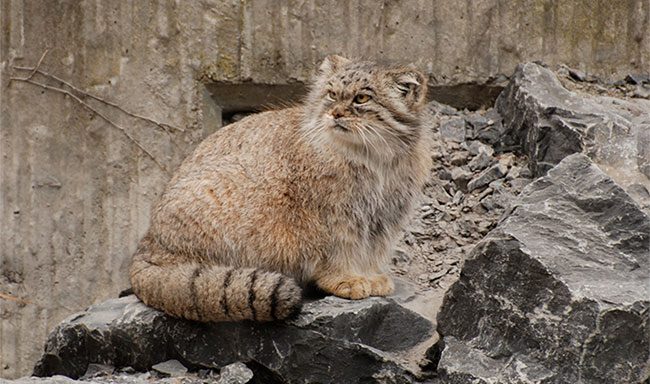
This species, scientifically known as Otocolobus manul, is regarded as one of the fiercest cats globally, living at altitudes over 5,000 meters above sea level. The Manul Cat has a robust physique and long, sharp teeth. Adult individuals have a rather “fearsome” appearance; however, their current population outside their natural habitat is very low, and the International Union for Conservation of Nature (IUCN) has listed Pallas’s Cat as a species threatened with extinction. (Image: Zhihu).
Environmental Adaptation is an essential part of biological evolution. As a unique species, the Manul Cat has formed a complex interaction with its environment. Changes in habitat, climate change, and resource scarcity directly impact the survival ability of the Manul Cat.
However, natural selection imposes certain limits on the adaptability of the Manul Cat. Adaptation means that an organism takes a long time to change to fit its environment. When environmental changes occur too rapidly or become too severe, natural selection may not be effective in time.
Resource competition also presents a conflict between environmental adaptation and natural selection. As human activities increase, deforestation and agricultural expansion have led to the reduction of the Manul Cat’s habitat and food sources. Even within their remaining habitats, Manul Cats face competition from other species. Thus, resource scarcity places the Manul Cat in a dilemma between adapting to the environment and natural selection.
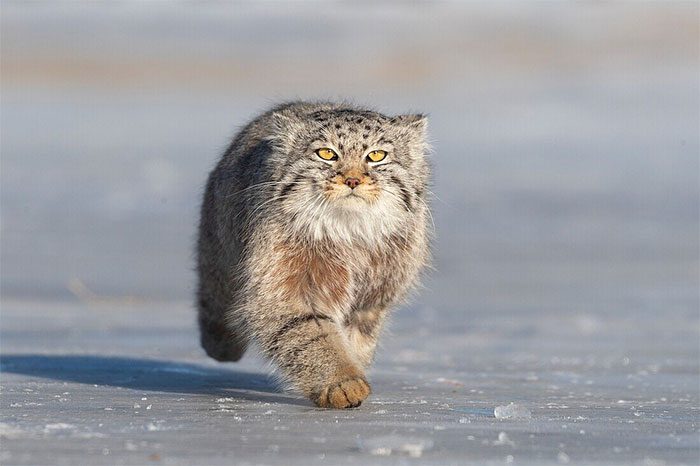
To protect this precious species, we should enhance conservation efforts, implement measures to protect their habitat, limit illegal hunting and trade, and increase education and community awareness to raise public attention to the protection of the Manul Cat. Only by doing so can we help the Manul escape the dilemma of environmental adaptation and natural selection and achieve sustainable existence. (Image: ZME).
Understanding the Challenges in Captivity of the Manul Cat
A common issue is that keeping Manul Cats in captivity is very difficult. To understand the reasons behind this, we need to comprehensively consider both biological and environmental factors.
From a biological perspective, the Manul Cat is a wild animal with unique physiological characteristics and behavioral patterns; these traits are often key to successfully breeding Manul Cats in groups. The Manul Cat has flexible limbs and agile movements, adapted for jumping and climbing in its natural high-altitude habitat.
In captivity, due to space limitations, the Manul Cat cannot express its instinct for free movement, which can lead to emotional instability and abnormal behavior. Furthermore, Manul Cats have a certain degree of sociability and prefer engaging in activities within a social group and interacting with peers. The lack of a social environment can leave the Manul feeling lonely and unstable, affecting its living habits and behavior.
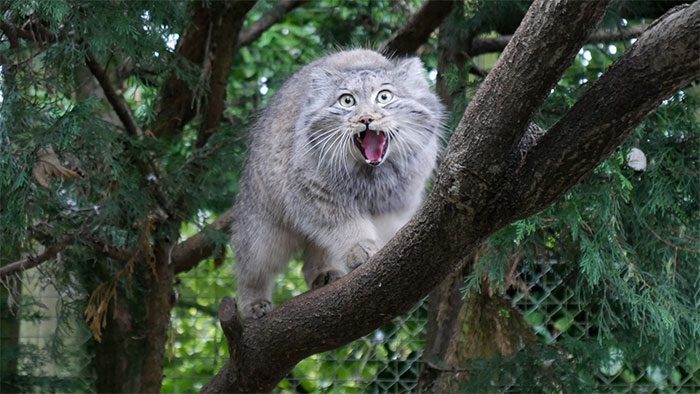
The challenges in keeping Manul Cats are primarily due to the combined effects of biological and environmental factors. (Image: Zhihu)
The Manul Cat has strict reproductive environment requirements, necessitating a vast natural habitat and suitable climatic conditions. Captive environments often cannot provide such conditions, leading to decreased reproductive rates and even unsuccessful breeding.
In captivity, Manul Cats often rely on artificial food to meet their nutritional needs, which may not adequately satisfy their natural eating habits and can lead to health issues for the Manul.
Moreover, breeders often lack sufficient knowledge and expertise when keeping Manul Cats and fail to establish a scientific and reasonable diet, which further affects the growth, development, and reproductive capabilities of the Manul.
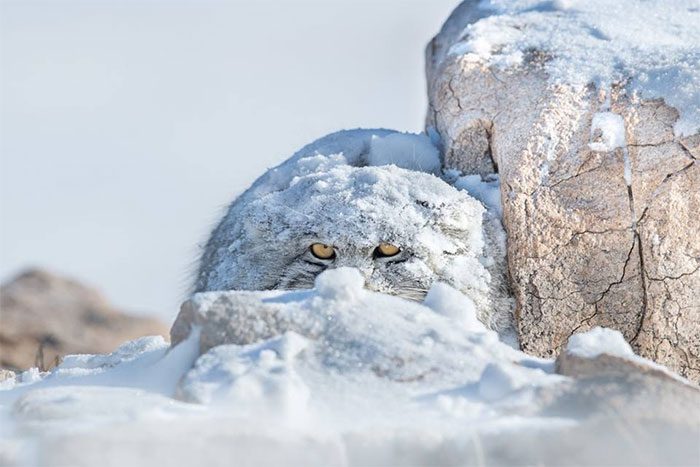
Manul Cats are very sensitive animals and highly responsive to changes in their environment. (Image: Zhihu).
In captivity, Manul Cats often lack stimulation compared to their natural habitat, which negatively impacts their mental state. Issues such as noise, inadequate lighting, and cramped spaces in captivity do not meet the survival and living needs of the Manul, causing them to develop stress and anxiety. These psychological stresses will further impact the immune system function of the Manul, making them more susceptible to diseases.
To help Manul Cats survive better in captivity, we need to implement a series of measures. Breeders need to enhance their professional knowledge and skills, understand the special needs of the Manul Cat, and be capable of providing suitable food and living environments. Collaboration should be strengthened, exchanges established, and professional Manul Cat breeding organizations formed to seek appropriate breeding models through research and practice.
At the same time, there should be increased monitoring to prohibit illegal trade and indiscriminate hunting, maintaining the habitat of the Manul Cat. We should focus on education and outreach, raising community awareness and attention to the protection of the Manul Cat, while supporting the public in the reasonable use and protection of natural resources.
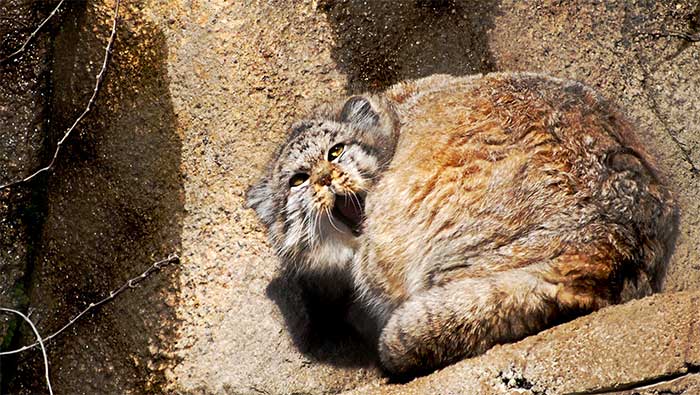
The Manul Cat, or Pallas’s Cat, is a small wild cat originating from the grasslands and shrublands of the Caucasus, Hindu Kush, parts of the Himalayas, the Tibetan Plateau, the Tian Shan, and the South Siberian mountains. With its long and dense fur, it is well adapted to the cold continental climate of areas with little rainfall and experiences a wide range of temperatures.


















































